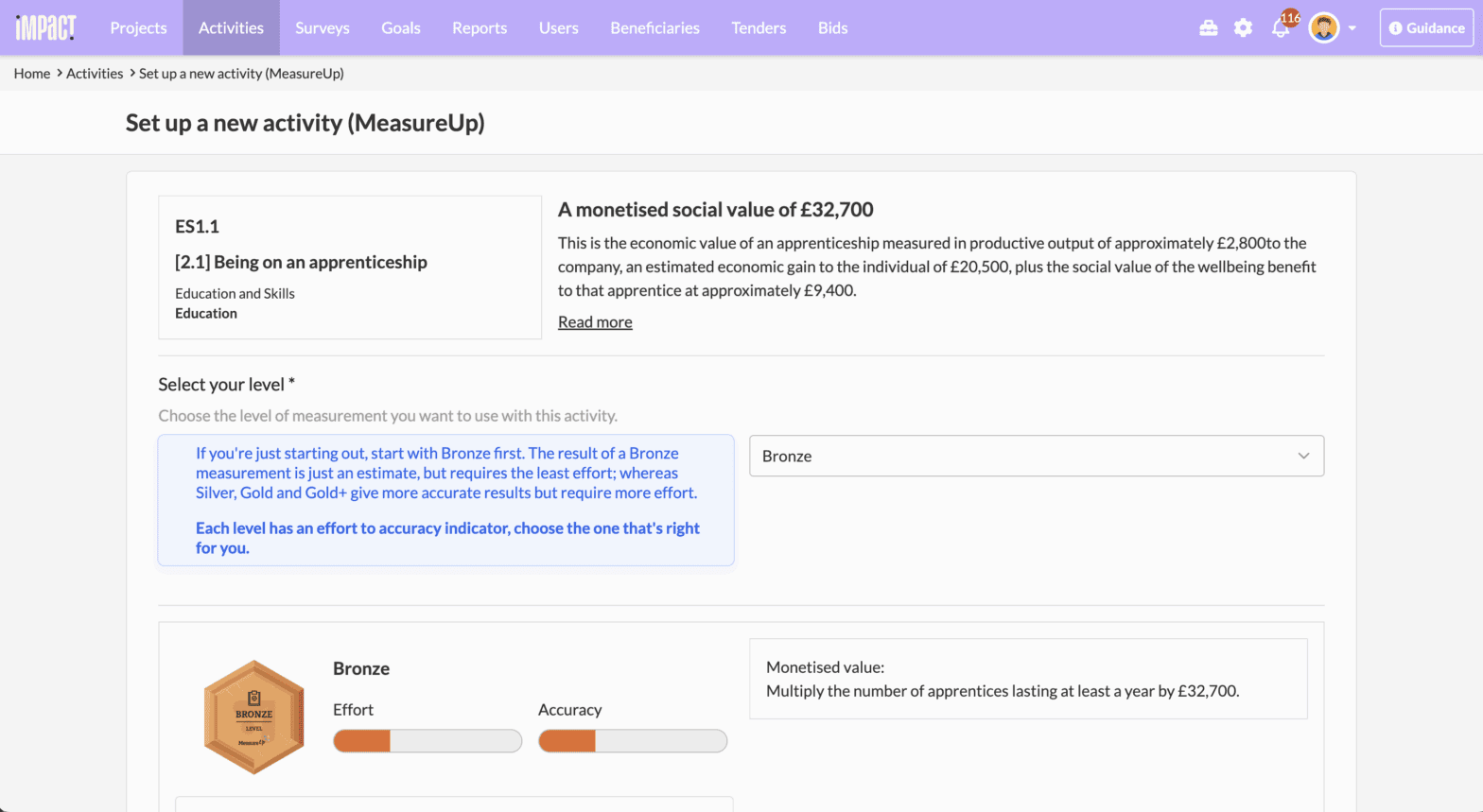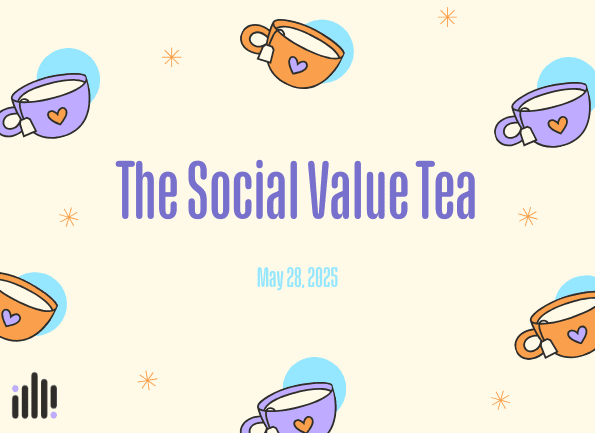What’s the Difference Between Social Value, ESG, CSR, and Social Impact?
We get it, it can feel like a minefield out there. All of these terms cover either environmental, social, and economical impacts of an organisation. Terms often overlap or get used interchangeably, but understanding the differences is essential, especially when you’re trying to design meaningful strategies, write clear reports, or meet procurement requirements.
This second lesson from our Foundations: Introduction to Social Value 102 course unpacks the concept clearly, grounding it in wellbeing, economics and community impact.
Whether you’re a social value lead, bid writer, or sustainability professional, this lesson will help you build confidence in understanding the differences between “Social Value”, “ESG”, “CSR”, and “Social Impact”.
If you find this useful, you’ll love the full course. It goes further, exploring frameworks, practical examples and tools to help you embed social value across your organisation.
Access the full course on Teachable →
What’s the Difference Between Social Value, ESG, CSR, and Social Impact?

In short:
- CSR is what companies say they care about;
- ESG is how they manage risk and disclose performance;
- Social Impact is what they cause, intentionally or unintentionally;
- Social Value is the value of the changes people experience in their wellbeing.
Along with the definition of “social value” we discussed, another fundamental term to grasp is “social impact,” which refers to the broader effect an organisation’s actions have on the well-being of the community. This can manifest in various ways, such as improving access to education, healthcare or sustainable resources. For instance, a mobile health clinic providing healthcare services to underserved populations in rural areas is a clear example of social impact.
What do we mean by “social impact”?
Like the definitition of “social value, “social impact” is another term that gets used in myriad ways and has a wide range of definitions depending on the context. For instance, many organisations (particularly in the VCSE sector) describe ‘impact’ as the long term effects or outcomes of their interventions.
For our context, wow we understand ‘social impact’ is the amount of change stakeholders experience that is down to the organisation/body responsible for the interventions / activities causing the change.”
A good starting point comes from the Impact Management Platform, a collaboration between global standard-setters in sustainability and impact reporting. They define impact as:
The effects of an organisation’s actions on people and the natural environment.
Impacts can be positive or negative, intended or unintended. They happen across social and environmental topics, and often follow a logical pathway:
Inputs → Activities → Outputs → Outcomes → Impact
For example, delivering employability training (activity) might lead to increased confidence (outcome), which in turn supports long-term employment (impact). This way of thinking helps you understand the difference you’re actually making — not just what you’re doing.
In general conversation, people often blur the lines between social value, impact and wellbeing. That’s not necessarily a problem. But when you’re measuring, reporting or bidding, it’s important to be precise. Clarity on your definitions and language is key to being credible and consistent.
Moving along this pathway with your measurement allows you to understand and evidence the effect you are having on people and environment, not only track the actions you have taken.
A good example of a construction firm blending together these terms is Mott Macdonald.
What is Impact Reporting’s stance?
Impact Reporting first and foremost uses the Social Value International definition ‘The importance people place on different aspects of their wellbeing and the changes they experience (in these aspects of wellbeing).’
and the UK Government Greenbook definition ‘Social or public value includes all significant costs and benefits that affect the welfare and wellbeing of the population, not just market effects.”
A few other terms to know
Another crucial term to be familiar with is “stakeholders.” Stakeholders are individuals or groups who have an interest in the activities and outcomes of an organisation. They can include employees, customers, suppliers, or the community at large. Understanding the needs and perspectives of stakeholders is key to designing initiatives that generate meaningful social value. For instance, involving community members in the decision-making process for a public park renovation project increases the likelihood that the final outcome meets their needs and preferences.

“Impact measurement” is the process of assessing and quantifying the social, environmental and economic impacts of an organisation or project. It involves gathering data, analysing outcomes, and evaluating the effectiveness of interventions. By measuring impact, organisations can better understand the change they are creating in the world and make informed decisions about how to improve their work. Impact measurement helps to answer important questions such as: What difference are we making? Are we achieving our intended goals? How can we do better? Tools like Impact Reporting can help you to measure and track your impact using impact metrics, which in turn can help you understand and amplify your social value.
In many cases, the term IMM (Impact Measurement and Management) is used to describe the overall practice. Particularly in impact investment spaces, this term is more widely used than social value. It covers both the measurement as outlined above, but also the process by which an organisation understands, acts on and communicates its impact(s) on people and the natural environment, with the aim of managing those impacts to reduce negative impacts, increase positive impact(s) and ultimately to achieve sustainability and increase well-being. (SOURCE: https://impactmanagementplatform.org/wp-content/uploads/2023/06/The-Imperative-for-Impact-Management.pdf )
Some other key terms to familiarise yourself with in the realm of social value include:
- Activities: The activities under analysis that the organisation is delivering that have an impact on people and/or the environment.
- Input: The financial and non-financial resources required to deliver the activities. Inputs may be owned by the organisation or by those it is dependent upon.
- Outcomes: The change that the activities causes for stakeholders
- Outputs: The summary of the activities that the organisations delivers in numbers (e.g. number delivered, frequency, number of people attending)
- Public Value: The UK Treasury Greenbook refers to ‘public value’ as synonymous to the Government definition of social value as defined in the Greenbook.
- Social Impact: The amount of difference or change in outcomes or value that is down to the organisation
You can view Impact Reporting’s full glossary here.
Note: This blog is an excerpt from our popular Social Value 102 course – which is free to access! Go here to learn all about it.








